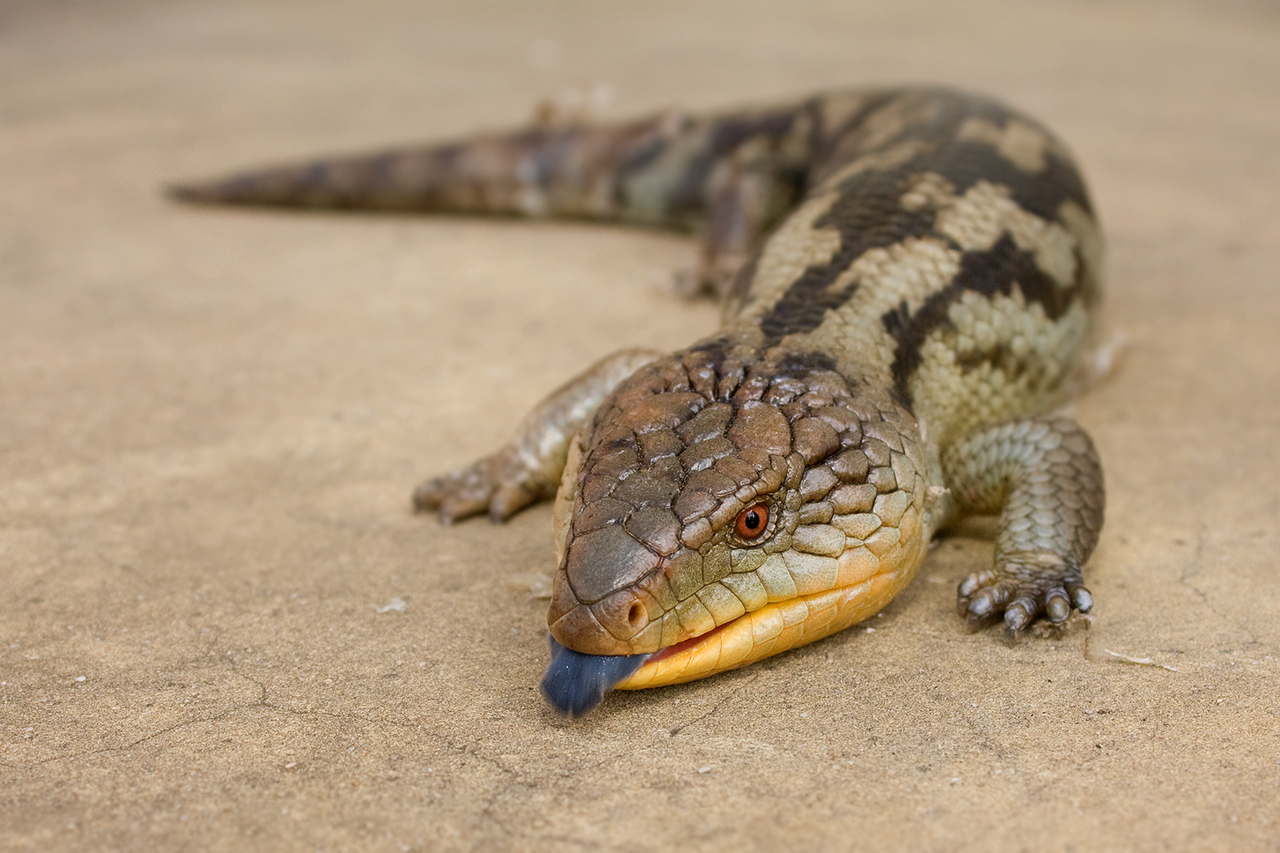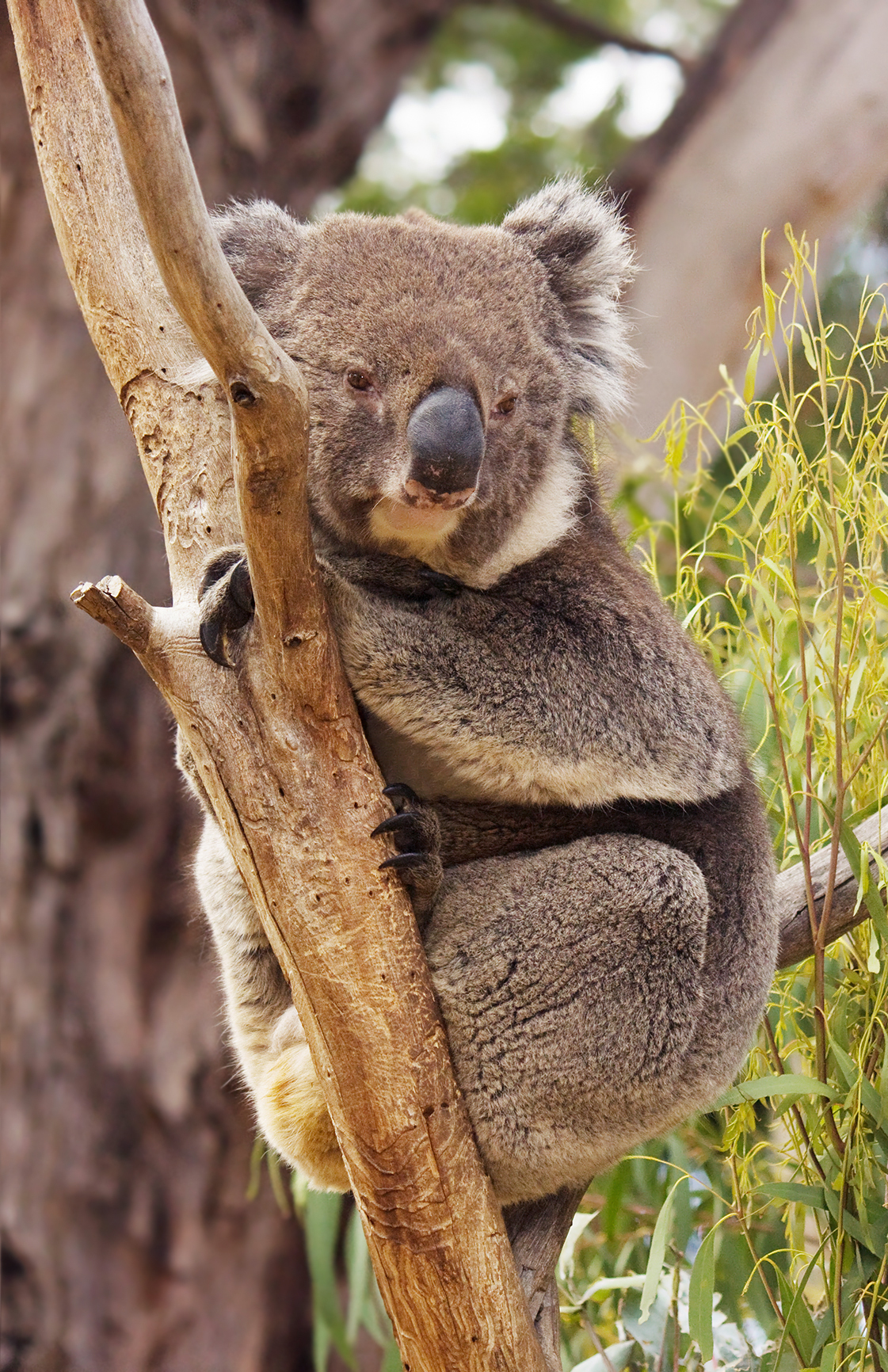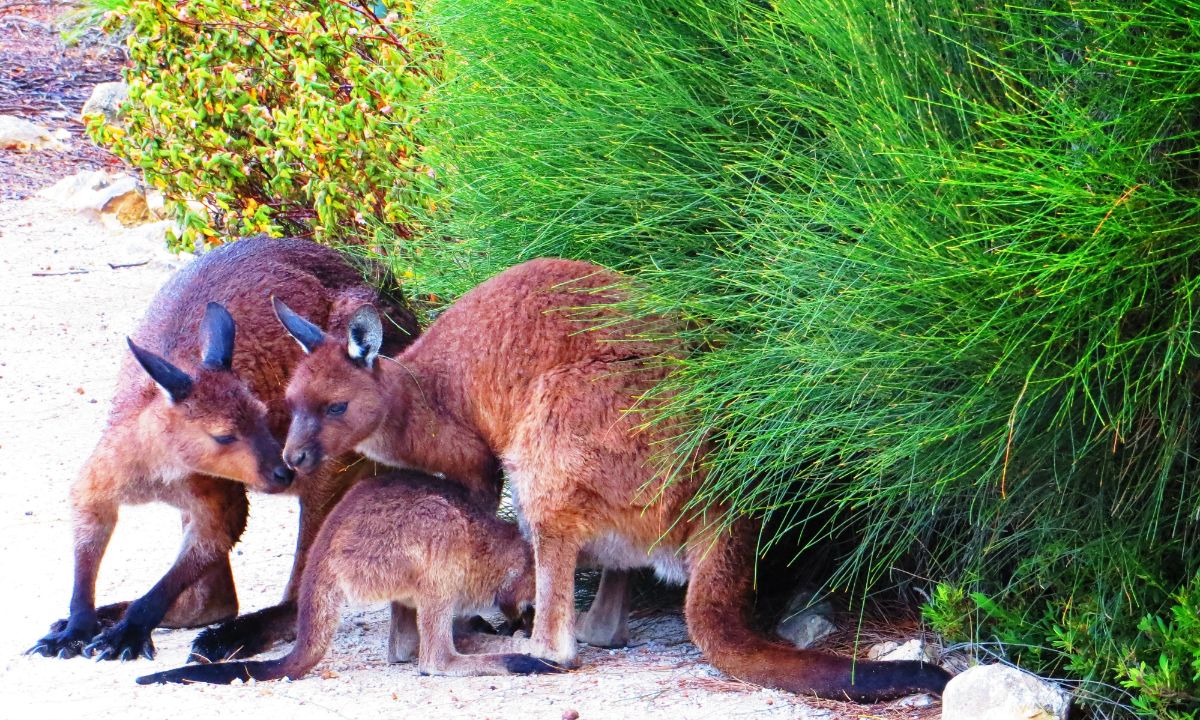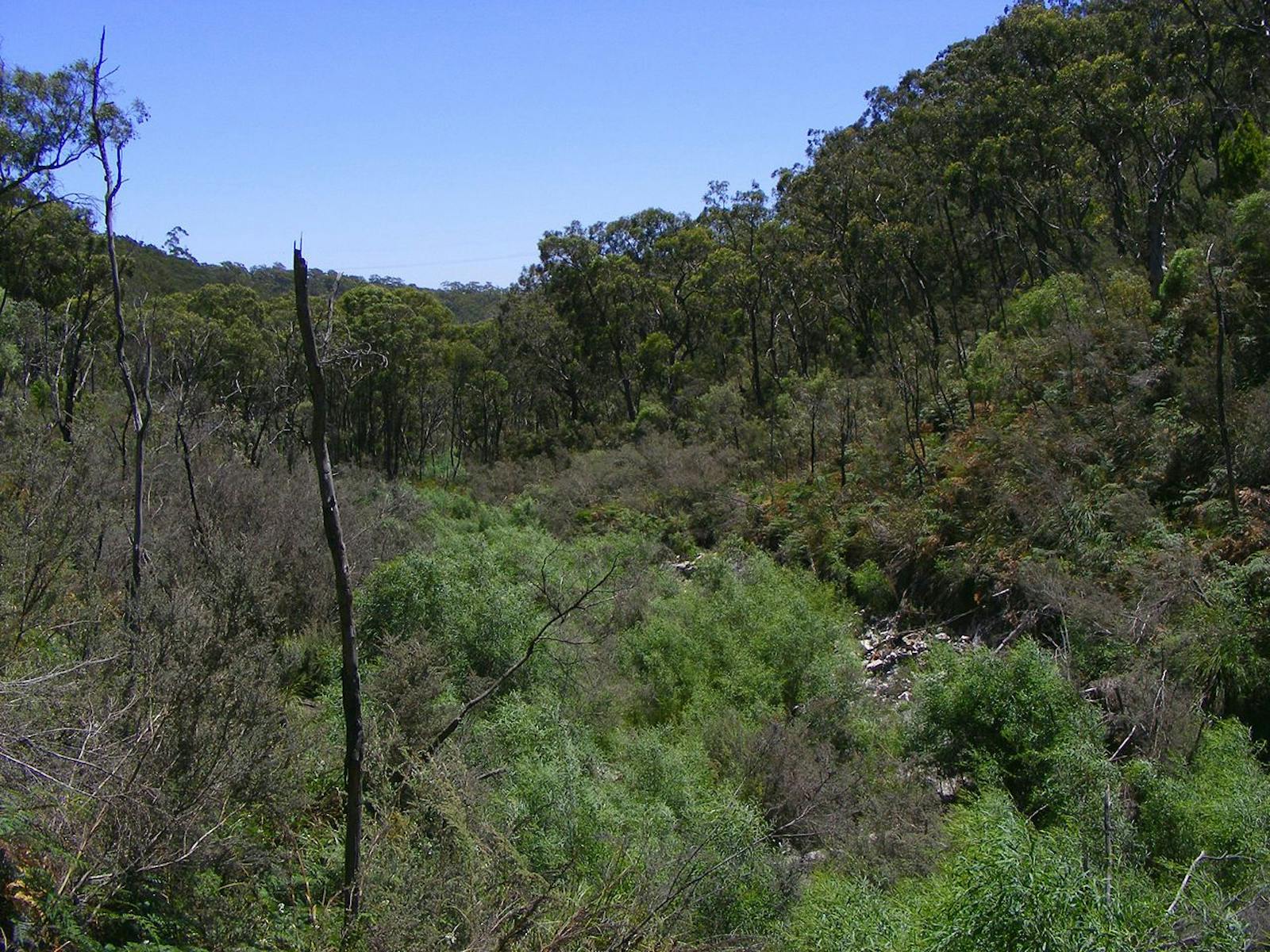Flinders-Lofty Montane Woodlands
The ecoregion’s land area is provided in units of 1,000 hectares. The conservation target is the Global Safety Net (GSN1) area for the given ecoregion. The protection level indicates the percentage of the GSN goal that is currently protected on a scale of 0-10. N/A means data is not available at this time.
Bioregion: South Australian Mediterranean Forests, Woodlands & Scrub (AU5)
Realm: Australasia
Ecoregion Size (1000 ha):
6,635
Ecoregion ID:
200
Conservation Target:
74%
Protection Level:
1
States: Australia
North-south ranges and hills dominate this small ecoregion, situated in southern east-central Australia. The Mediterranean-climate transitions to a more summer rain regime towards the north, but the biota is largely considered to be adapted to a Mediterranean-type climate, like that of Southwest Australia. The vegetation is diverse with tussock grasslands, chenopod and samphire shrublands, acacia forests and woodlands, Callitris forests and woodlands, eucalypt woodlands, hummock grasslands and mallee woodlands and shrublands.

The flagship species of the Flinders-Lofty Montane Woodlands ecoregion is the Adelaide pygmy blue-tongued skink. Image credit: Creative Commons
The flora are primarily species adapted to semi-arid environments, including sugar gum, cypress-pine, mallee and black oak. Chenopod shrublands support species of saltbush, bluebush, and cottonbush, and are often intermixed with low woodlands and ephemeral grasslands. Sandhill wattle and mulga with mixed shrub or tussock grass understorey occur on sandier substrates. Drainage lines often support red river gums, inland teatree, elegant wattle, and boobialla. Plant endemism is relatively high with local species such as Arkaroola wattle (Acacia confluens), Baratta Wattle (Acacia barattensis), and several endemic orchids.

Yellow-footed rock wallaby. Image credit: Creative Commons
Fifty native mammal species occurred in the Flinders and Olary Ranges prior to European settlement and around half of these had become extinct within 50 years of settlement. Small to medium-sized mammals weighing between 50 g and 5 kg were particularly vulnerable. Red kangaroos, western grey kangaroos, yellow-footed rock-wallaby, and wallaroos have increased since dingo were eradicated. Koala and southern brown bandicoot, and echidna occur. The yellow-footed rock-wallaby.
Some smaller mammals, such as dunnarts and planigales, are endemic. The streambank froglet (Crinia riparia) is endemic. Extensive loss of natural vegetation, overgrazing, and introduced herbivores and predators threaten many native species. These include the spotted quail-thrush (Cinclosoma punctatum), plains wanderer (Pedionomus torquatus), Adelaide pygmy bluetongue lizard (Tiliqua adelaidensis), carpet python, and Stimson’s python.

Koala. Image credit: JJ Harrison, Creative Commons
Large areas in the southern part of the ecoregion have been cleared for agriculture, including viticulture, and over 95% of the ecoregion has experienced heavy grazing by livestock. Invasive foxes, rabbits, feral cats, goats, and donkeys degrade natural vegetation and reduce wildlife populations. Some plant species find refuge in the steeper parts of the ranges where introduced herbivores find difficult to reach. More frequent and intense fires degrade natural habitats and climate change is exacerbating the extremes of the new fire regime.
Though many plants are adapted to bushfires, they cannot persist if fire frequencies and severity are outside of a certain range of variation for too long. Several smaller protected areas have been established including the Ikara-Flinders Ranges National Park near Wilpena Pound, the Mount Remarkable National Park in the south near Melrose, the Arkaroola Protection Area in the north, The Dutchmans Stern Conservation Park west of Quorn, and the Mount Brown Conservation Park south of Quorn.

Western grey kangaroo. Image credit: Creative Commons
The key conservation actions for the next decade are to: 1) expand goat control through the Bounceback Program and associated landholder activity, especially around protected areas and key biodiversity areas; 2) support and expand the NatureLinks Program that protects and restores connectivity across natural landscapes in partnership with local landowners; and 3) provide further support to the conservation program for the Yellow-footed Rock-wallaby.
Citations
- Australian Government. 2009. South Australian Arid Lands Biodiversity Strategy. Volume 3 Flinders and Olary Ranges Conservation Priorities. South Australian Arid Lands Natural resources management. Accessed 1 June 2019 at https://www.cbd.int/doc/nbsap/sbsap/au-sbsap-south-australia-volume-3.pdf
- Department of Environment, Australian Government. 2015. Flinders Lofty Block bioregion. Accessed 1 June 2019 at https://www.environment.gov.au/system/files/resources/a8015c25-4aa2-4833-ad9c-e98d09e2ab52/files/bioregion-flinders-lofty-block.pdf
- Government of South Australia. 2015. Flinders Lofty Block Bioregion Facts. www.naturalresources.sa.gov.au › files › sharedassets › bioregion_factsheet



